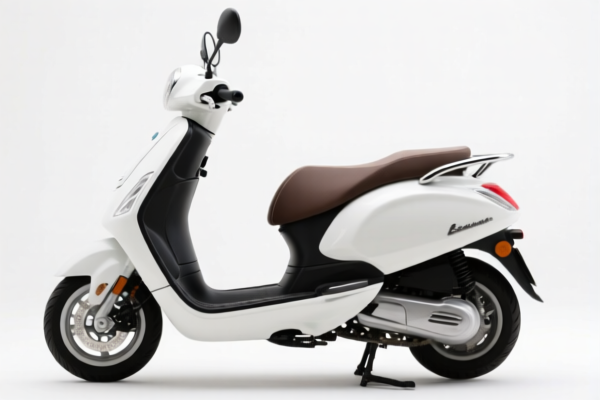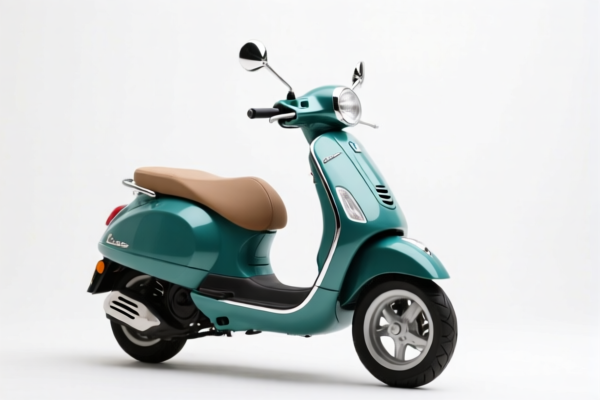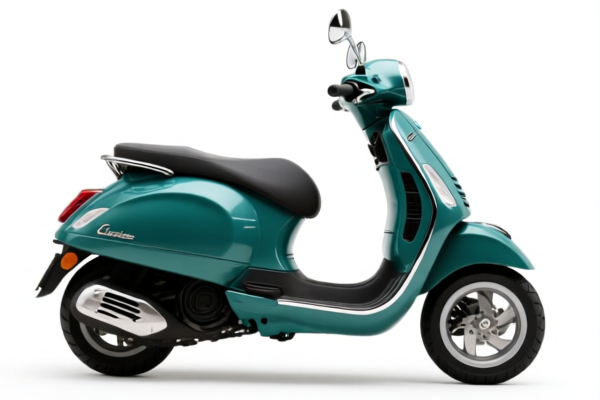| HS Code | Official Doc | Tariff Rate | Origin | Destination | Effective Date |
|---|---|---|---|---|---|
| 8543708800 | Doc | 30.0% | CN | US | 2025-05-12 |
| 8543906800 | Doc | 55.0% | CN | US | 2025-05-12 |
| 8548000000 | Doc | 55.0% | CN | US | 2025-05-12 |
| 8711600050 | Doc | 55.0% | CN | US | 2025-05-12 |
| 8711600090 | Doc | 55.0% | CN | US | 2025-05-12 |




Electric Scooter Controller
An electric scooter controller is a critical component that manages the operation of an electric scooter’s motor and overall functionality. It functions as the “brain” of the scooter, regulating power delivery, speed, acceleration, and braking.
Material
Controllers are typically housed in a metal casing – often aluminum alloy – for heat dissipation and protection. Internal components consist of:
- Microcontroller Unit (MCU): The central processing unit.
- MOSFETs (Metal-Oxide-Semiconductor Field-Effect Transistors): Used as switches to control the flow of high-current electricity to the motor.
- Capacitors: Smooth out power fluctuations.
- Resistors and other passive components: Support circuit operation.
- Connectors: Facilitate wiring connections to the motor, battery, throttle, brakes, display, and other peripherals.
- Heat Sink: Dissipates heat generated by the MOSFETs, crucial for preventing overheating.
Purpose
The primary purpose of an electric scooter controller is to:
- Regulate Motor Speed: Controls the speed of the motor based on throttle input.
- Manage Acceleration: Controls the rate at which the scooter accelerates.
- Implement Braking: Handles regenerative braking (recapturing energy during deceleration) and/or electronic braking.
- Provide Safety Features: Includes features like over-voltage protection, over-current protection, and thermal shutdown.
- Communicate with other components: Interfaces with the display, throttle, brakes, and battery management system (BMS).
Function
The controller operates by:
- Receiving Input: It receives signals from the throttle (indicating desired speed), brakes (indicating braking force), and other sensors.
- Processing Signals: The MCU processes these signals according to pre-programmed algorithms.
- Controlling Power Delivery: Based on the processed signals, the controller modulates the amount of power sent to the motor via the MOSFETs. This is often achieved through Pulse Width Modulation (PWM).
- Monitoring System Health: It continuously monitors voltage, current, and temperature to ensure safe operation and prevent damage.
- Implementing Safety Protocols: If any parameters exceed safe limits, the controller will shut down the motor or reduce power output.
Usage Scenarios
Electric scooter controllers are used in a wide range of electric scooters, including:
- Commuting Scooters: For daily transportation.
- Performance Scooters: Designed for higher speeds and acceleration.
- Off-Road Scooters: Built for rugged terrain.
- Folding Scooters: Compact and portable scooters.
- Electric Wheelchairs and Mobility Scooters: Similar control principles apply.
Common Types
- Brushed Controllers: Older technology, simpler and less expensive, but less efficient and require more maintenance. Used with brushed DC motors.
- Brushless Controllers (BLDC): More efficient, reliable, and require less maintenance. Used with brushless DC motors (the most common type in modern scooters). Subtypes include:
- Sine Wave Controllers: Provide smoother and quieter operation, often preferred for higher-end scooters.
- Trapezoidal Controllers: More common and less expensive, but can be noisier.
- Hub Motor Controllers: Integrated into the hub motor itself, simplifying wiring and reducing size.
- Separate Controllers: A distinct unit connected to the motor via wires.
- Voltage-Based Controllers: Operate based on the battery voltage (e.g., 36V, 48V, 60V). Must be compatible with the scooter’s battery.
- Programmable Controllers: Allow users to customize performance parameters like acceleration, speed limits, and braking force.
Electric scooter controllers fall under the category of electrical machines and apparatus with individual functions. Based on the provided information, the following HS codes are relevant:
-
8543708800: This HS code covers electrical machines and apparatus having individual functions, not specified or included elsewhere in this chapter; parts thereof: Other machines and apparatus: Other: Electrical machines with translation or dictionary functions; video game console controllers which use infrared transmissions to operate or access the various functions and capabilities of the console. This could apply if the controller has advanced features beyond basic operation.
- 85: Electrical machinery and equipment.
- 43: Electrical machines and apparatus having individual functions, not specified or included elsewhere in this chapter.
- 70: Other machines and apparatus.
- 88: Other.
- 00: Electrical machines with translation or dictionary functions; video game console controllers which use infrared transmissions to operate or access the various functions and capabilities of the console.
- Tax Rate: Base tariff: 0.0%, Additional tariff: 0.0%, After April 2, 2025, additional tariff: 30.0%. Total tariff: 30.0%.
-
8543906800: This HS code covers electrical machines and apparatus having individual functions, not specified or included elsewhere in this chapter; parts thereof: Parts: Other: Printed circuit assemblies: Other. If the controller is comprised of printed circuit assemblies, this code may be applicable.
- 85: Electrical machinery and equipment.
- 43: Electrical machines and apparatus having individual functions, not specified or included elsewhere in this chapter.
- 90: Parts.
- 68: Other.
- 00: Printed circuit assemblies: Other.
- Tax Rate: Base tariff: 0.0%, Additional tariff: 25.0%, After April 2, 2025, additional tariff: 30.0%. Total tariff: 55.0%.
-
8548000000: This HS code covers electrical parts of machinery or apparatus, not specified or included elsewhere in this chapter. If the controller is considered a general electrical part, this code could be used.
- 85: Electrical machinery and equipment.
- 48: Electrical parts of machinery or apparatus, not specified or included elsewhere in this chapter.
- 00: Electrical parts of machinery or apparatus, not specified or included elsewhere in this chapter.
- Tax Rate: Base tariff: 0.0%, Additional tariff: 25.0%, After April 2, 2025, additional tariff: 30.0%. Total tariff: 55.0%.
According to the provided reference material, the HS code options related to 'electric scooter controller' are limited, with only the following 3 found.
Customer Reviews
No reviews yet.